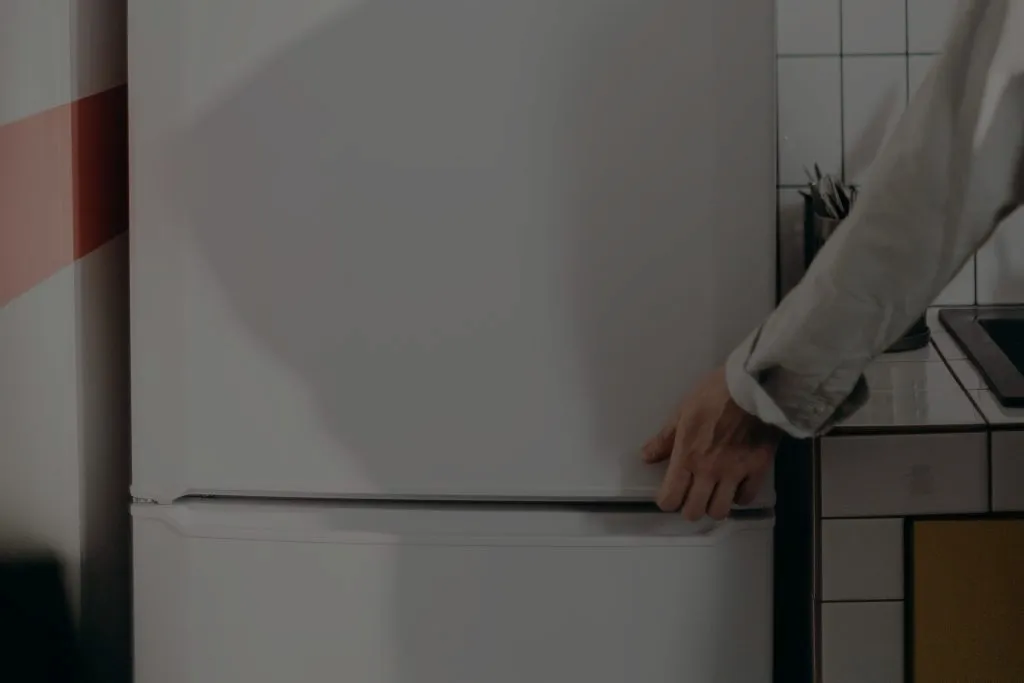How To Troubleshoot RV Refrigerator Issues

Troubleshooting: How to Check if your fridge is working
Understanding the different power sources is helpful when troubleshooting an RV refrigerator.
Troubleshooting your fridge: It works on propane but not electricity
If you have a 12-volt coach battery or cooling coils, the problem isn’t the 12-volt battery. You can narrow the problem down to something in the 120V AC chain. Check the circuit breaker in the electrical cabinet of the RV. Check that the actual power cable for the refrigerator is plugged into the designated outlet. Find it in the lower access panel. There is a chance that the 120V fuse on the fridge circuit board may not be operative, or the 120V heater element may need replacing. For either item, call an RV technician.
Troubleshooting Your Fridge: It Works with Electricity, but Not Propane
If your fridge works on 120-volt AC, you don’t have a problem with the cooling coil or 12-volt DC. Now, you can isolate the issue to the propane line. Check your propane tank level and ensure the service valve on the tank is open. You may be experiencing a lockout of propane if you are still having problems. It can happen at either the tank or the appliance. The excess flow valve can prevent the propane from flowing correctly to the refrigerator if you have opened the service valve before turning on the appliance. Turn off any propane-fueled appliance inside the RV. Then, shut off the service valve on the propane tank. Wait a few moments, then turn it back. This will create the proper back pressure for the propane system. The appliance will lock out if your fridge has failed to ignite three times. The refrigerator can be reset by turning it off, waiting a few moments, then powering it back up to try the ignition again. This is a sign that you should call an RV technician. They can check for items like a dirty burner assembly or corroded electro.
Troubleshooting Your Fridge isn’t Cold Enough
After starting up, absorption refrigerators may take 8 hours to cool down. Turn them on the day before you plan to load them. The RV refrigerator may have a temperature-control panel located on the front. However, most absorption refrigerators use a temperature-control device known as a thermistor. The thermistor looks like a plastic piece clipped onto the metal fins of the interior back wall. You may find a sticker on the sidewall that has an arrow pointing in the direction of the words “Colder,” “Warmer,” or “Wetter.” Simply move the clip to the desired temperature. The thermistor will be fixed if it is screwed in place. You do not need to adjust it. You’ll instead change the temperature on the control panel.

The temperature of an RV fridge can be affected by the airflow. You don’t want the refrigerator overstuffed with warm food or leftovers. An aftermarket fan (such as this one) will help circulate air inside the refrigerator. Check your fridge’s door seals periodically for any gaps that could let warm air into the refrigerator. These refrigerators cannot keep up with extreme temperatures. Even if it operates correctly, the temperature may still be too high. The RV’s fridge access compartment also needs to have good airflow. The air should flow effortlessly from the lower panel, up the backside, and then over the condenser coil to the RV. Some RV owners may have a baffle that helps direct air over condenser coils. Check for obstructions such as nests or debris that could impede the airflow. Check the drip tube cap to ensure it is still attached. If the cap is missing, warm air can enter the refrigerator through an open drip tube.
Troubleshooting: Cooling coils need replacement
The cooling coils may cause the refrigerator to not cool down after all power sources have been confirmed to be working. You should call an RV technician if you smell ammonia, hear gurgling sounds, or notice yellow-green powder in the burner assembly of the lower exterior refrigerator compartment. The cooling coils likely need to be replaced.
Unlevel RV
You may indeed have heard your RV must be level to operate correctly. For proper operation, the cooling coils are positioned at an angle on the rear of RV fridges. You can damage the coils of your fridge if you keep it running in an RV that is not level. This will result in an expensive repair.
When to Consult an RV Tech
You can handle common RV fridge problems by yourself using these troubleshooting techniques. Some problems will require an RV technician’s expertise, such as rewiring, replacing 120-volt fuses, repairing a recall notice, or installing exterior airflow baffles. For easier Bosch fridge repair, read our mannual.
You Appliance Will Be Fixed!
in San Diego, CAREQUEST SERVICE
Book a Repair Appointment

You can find us here
